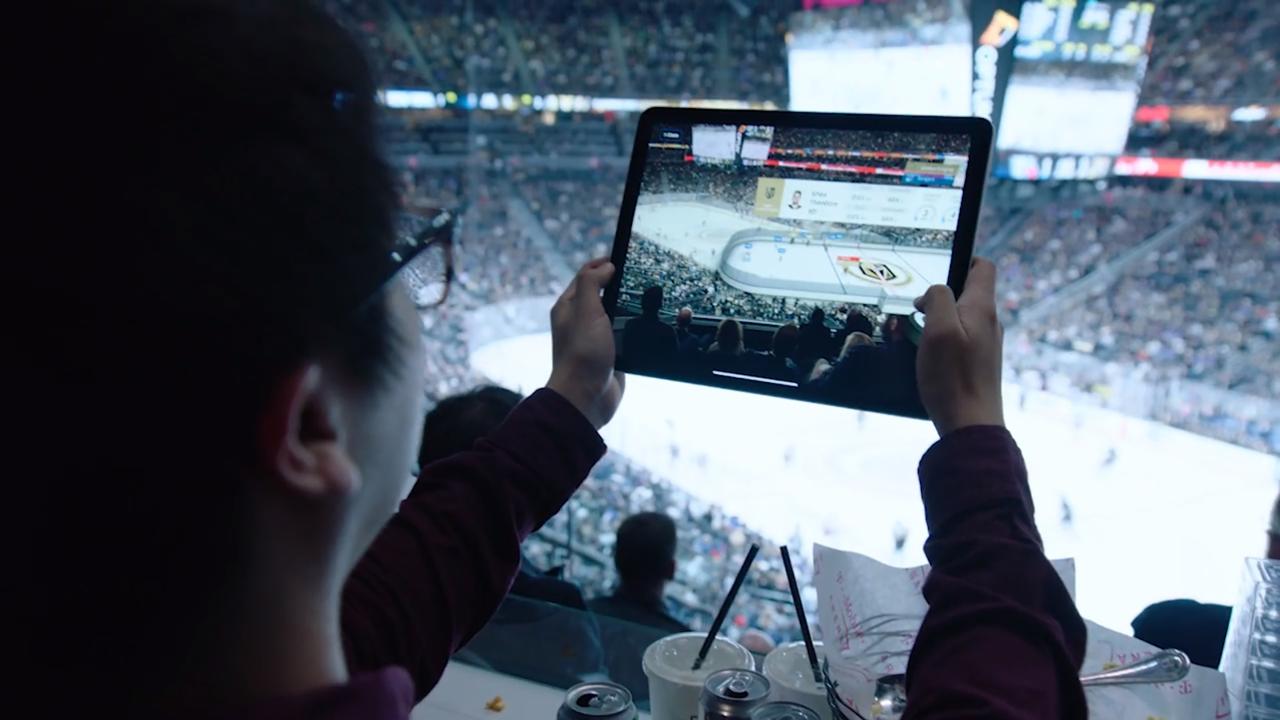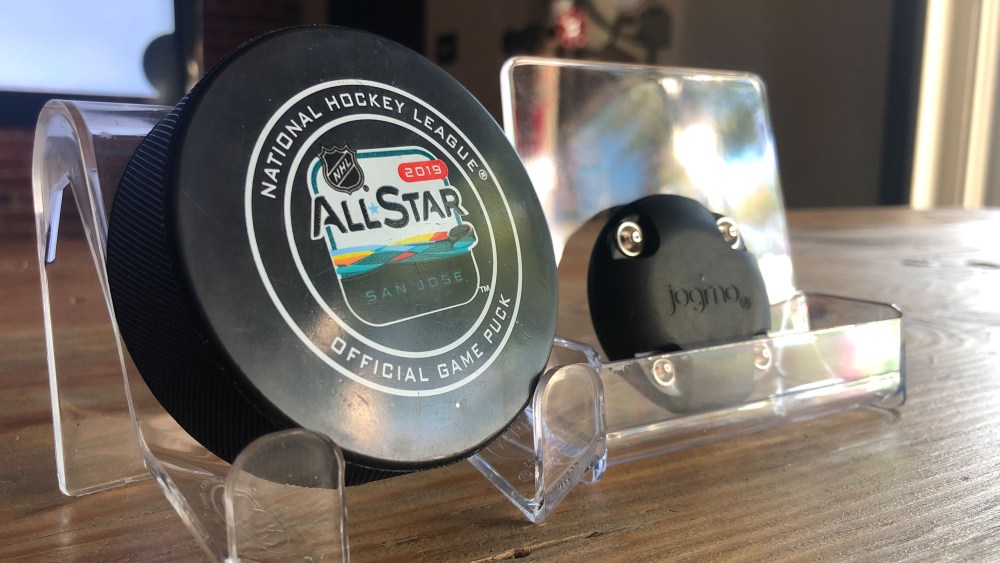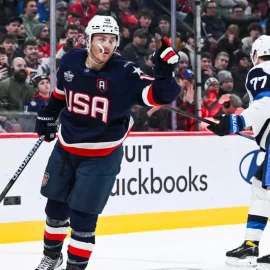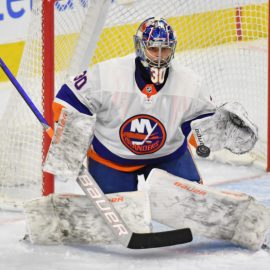According to Tom Gulitti of NHL.com, the NHL plans to deploy Puck and Player Tracking technology for games next season, NHL Commissioner Gary Bettman said Friday.
The technology, which will be tested during the 2019 Honda NHL All-Star Game on Saturday (8 p.m. ET; NBC, CBC, SN, TVAS), tracks every movement of the puck and each team’s players during a game. The system will have the ability to track the players at 200 times per second.
“The Puck and Player Tracking system can track pucks at a rate of 2,000 times per second in real-time with inch-level accuracy,” Commissioner Bettman said at the 2019 NHL All-Star Innovation Spotlight presented by SAP. “We’ll instantaneously detect passes, shots, and positioning precisely. It will be equally accurate in tracking players; their movement, speed, time on ice — you name it.
“Being on the forefront of innovation is good for our game, and most especially our fans.”
[protected-iframe id=”d441b1154b855bff221012542a42dd50-142507471-46289989″ info=”https://www.nhl.com/video/embed/commissioner-on-tracking-system/t-277350912/c-65352803?autostart=false” width=”540″ height=”360″]The NHL Puck and Player Tracking technology will include 14-16 antennae installed in the arena rafters; four cameras to support the tracking functionality; one sensor placed on the shoulder pads of every player on each team; and 40 pucks manufactured with a sensor inside for each game. The technology is to be deployed in all 31 NHL arenas at some point during the 2019-20 season.
The hope is that the flood of new data will enhance the fan experience inside the arena and for those watching on television, via mobile devices or, in some cases, both with a digital stream broadcast dedicated to showcasing puck and player data.
“The theory behind player and puck tracking was to give people insights into the game who maybe would learn how the special the game is and would understand it a little bit better and so we started with the possibility of having broadcast enhancement,” Commissioner Bettman said. “But now in the era that we’re in, the opportunities were limitless. If you’re a Millennial or a Gen Z in particular and you’re consuming sports differently than it’s ever been consumed before, we’re going to be right there for you giving you what you want.”
The NHL began working on Puck and Player Tracking in 2013. The Fraunhofer Institute and its subsidiary, jogmo world cup, in Germany became involved after initially working on player tracking in soccer. When FIFA wouldn’t allow its players to wear tracking chips, jogmo founder and CEO Martin Bachmayer said the company turned its focus to other sports and became involved with the NHL.
Bachmayer said the most difficult part was developing a rubber puck with the electronic sensor inside that met the NHL’s standards. It took some time.
“The puck needs to be frozen down, which kills all the electronics,” Bachmayer said. “You have shots that go 100 mph. There were a lot of challenges”
Testing for the technology was done at the 2015 NHL All-Star Game in Columbus, the World Cup of Hockey 2016 in Toronto and the 2018 NHL All-Star Game in Tampa, said Commissioner Bettman, who added that the most significant step in the process was tracking players and pucks during two regular-season games in Las Vegas earlier this month, during the Consumer Electronics Show.
“We know our players are fast, their passes are precise and their shots are hard,” Commissioner Bettman said. “In Vegas Golden Knights games against the [New York] Rangers (on Jan. 8) and the [San Jose] Sharks (on Jan. 10), we saw exactly how fast, how precise and how powerful they are.
“Amazingly, within the confines of our 200-by-85-foot rink, Brent Burns and Jonathan Marchessault each skated more than 3 miles. William Karlsson skated over 20 miles an hour. And this is just the tip of the iceberg. The applications are endless.”
Mathieu Schneider, NHLPA special assistant to the executive director, believes the Puck and Player Tracking system is the next phase of the technological progression of the game following the development of high-definition and, later, 4K televisions, to augment fan enjoyment.
“This is going to be another huge step, I think, from bringing that experience you get in the arena to people outside the arena,” Schneider said. “What’s the thing you always say here as hockey people? It’s like, ‘I love watching the game live, but I just don’t get it on TV.’ We’ve taken one big step forward with flat screens and 4K and all these things. This, I think, can help us get to another level.”
The League’s broadcast partners see numerous possibilities for using the new information they and fans will have access to in real time, whether it be the speed of the puck, the speed of the players, the distance they cover on the ice or more precise information about ice time.
“The data provides other opportunities for the audience for engage, whether it’s used from a gaming standpoint, fantasy leagues or even for their own education and insight into the game,” Rogers Media president Rick Brace said. “It’s the evolution of the product to take it to take it to the next level that just adds to the entertainment value.”
Follow us on Twitter @NHLShout and “Like” us on Facebook. You can also email us at info@nhlshout.com.
Add The Sports Daily to your Google News Feed!








